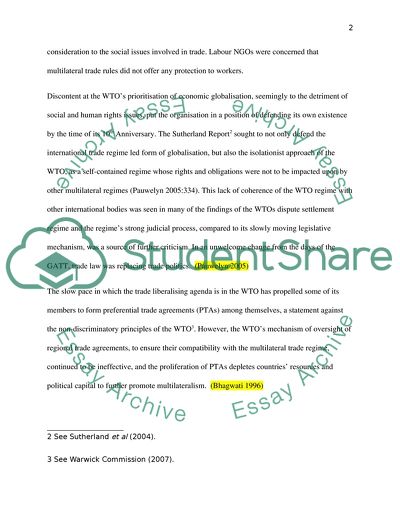Cite this document
(Assessment of the World Trade Organization in Dealing with Coursework, n.d.)
Assessment of the World Trade Organization in Dealing with Coursework. Retrieved from https://studentshare.org/law/1572195-summarise-the-fundamental-arguments-critics-levy-at-the-wto-what-is-your-own-assessment-of-the-wto-in-dealing-with-international-trade-and-investment-regulations-use-other-academic-literatures-and-real-world-examples-to-justify-your-position
Assessment of the World Trade Organization in Dealing with Coursework. Retrieved from https://studentshare.org/law/1572195-summarise-the-fundamental-arguments-critics-levy-at-the-wto-what-is-your-own-assessment-of-the-wto-in-dealing-with-international-trade-and-investment-regulations-use-other-academic-literatures-and-real-world-examples-to-justify-your-position
(Assessment of the World Trade Organization in Dealing With Coursework)
Assessment of the World Trade Organization in Dealing With Coursework. https://studentshare.org/law/1572195-summarise-the-fundamental-arguments-critics-levy-at-the-wto-what-is-your-own-assessment-of-the-wto-in-dealing-with-international-trade-and-investment-regulations-use-other-academic-literatures-and-real-world-examples-to-justify-your-position.
Assessment of the World Trade Organization in Dealing With Coursework. https://studentshare.org/law/1572195-summarise-the-fundamental-arguments-critics-levy-at-the-wto-what-is-your-own-assessment-of-the-wto-in-dealing-with-international-trade-and-investment-regulations-use-other-academic-literatures-and-real-world-examples-to-justify-your-position.
“Assessment of the World Trade Organization in Dealing With Coursework”. https://studentshare.org/law/1572195-summarise-the-fundamental-arguments-critics-levy-at-the-wto-what-is-your-own-assessment-of-the-wto-in-dealing-with-international-trade-and-investment-regulations-use-other-academic-literatures-and-real-world-examples-to-justify-your-position.


